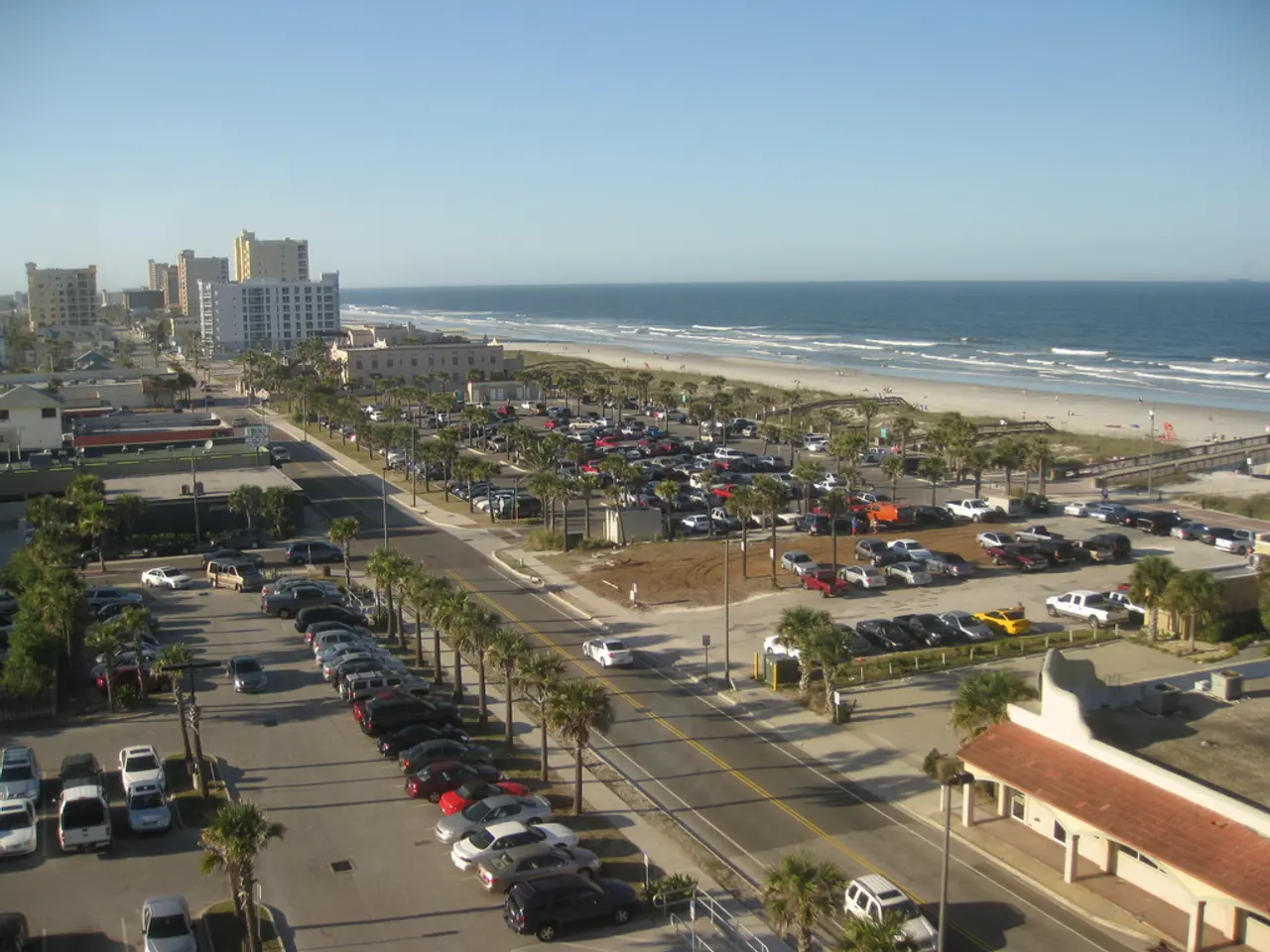Concluding the UN's Ocean Conference initiative, aiming to accomplish world-wide commitments concerning ocean health and sustainability.
Marine protection efforts are gaining significant momentum as the world approaches the United Nations Ocean Conference (COP30) in Belém, Brazil. The focus is on the High Seas Treaty, protected area targets, and financing for ocean conservation.
### High Seas Treaty
The High Seas Treaty, also known as the Biodiversity Beyond National Jurisdiction (BBNJ) Agreement, is on the brink of entering into force. As of June 2025, 49 countries, including the European Union, have ratified the treaty, leaving just 11 ratifications short of the 60 needed for it to become international law. According to President Emmanuel Macron, the treaty could enter into force by early 2026, providing a global legal framework to regulate and protect the high seas, which cover two-thirds of the ocean beyond national jurisdictions.
The treaty mandates the establishment of marine protected areas (MPAs) in the high seas and requires management plans, supporting the Global Biodiversity Framework goal of protecting at least 30% of the ocean by 2030.
### Protected Area Targets
Marine protected areas are expanding: as of the 2025 UN Ocean Conference in Nice, the global ocean area protected has increased from about 8.4% to 11%. The conference reinforced commitments to combat ocean pollution, climate change impacts, underwater noise, and expand MPAs to achieve the 30% ocean protection target by 2030. Initiatives like the High Ambition Coalition for a Silent Ocean (including 35 countries) and the Interparliamentary Coalition for Ocean Protection (ICOP), involving 250 parliamentarians globally, are driving legislative and policy actions for ocean ecosystem protection.
### Financing for Ocean Conservation
While specific figures on financing have not been provided, the ratification and expected enforcement of the High Seas Treaty symbolize a major step in unlocking international cooperation and funds for ocean conservation. The treaty and associated international agreements are designed to facilitate financing mechanisms to implement biodiversity protection, restoration, and sustainable ocean management as part of the commitments under the Global Biodiversity Framework.
### Outlook for COP30 in Belém, Brazil
COP30 is expected to focus heavily on finalizing and operationalizing the High Seas Treaty, pushing for the last required ratifications, scaling up marine protected areas, and bolstering financing commitments. The momentum from the 2025 UN Ocean Conference indicates a strong global will to meet the 2030 targets, with COP30 serving as a critical platform to advance these marine conservation efforts on a global scale.
Establishing effective marine protection is especially urgent in polar regions, particularly the Southern Ocean. COP30 in Belém is poised to be a pivotal moment for accelerating marine protection worldwide. The conference is not only a crucial event for addressing ocean issues but also for announcing new marine protections and financing for conservation efforts.
- The High Seas Treaty, a significant stride in climate-change mitigation and environmental-science, is close to becoming international law, with just 11 more countries needed for ratification.
- A key component of the treaty is the mandate to create marine protected areas (MPAs), aligning with the goal of the Global Biodiversity Framework to protect 30% of the ocean by 2030.
- The ratification of the High Seas Treaty is seen as a key to unlocking funds for tackling climate change, plastic pollution, and other ocean challenges, as part of the commitments under the SDG and Global Biodiversity Framework.
- Political action is gaining pace, with initiatives like the High Ambition Coalition for a Silent Ocean and the Interparliamentary Coalition for Ocean Protection driving legislative changes to protect ocean ecosystems.
- The upcoming UN Ocean Conference (COP30) in Belém, Brazil, is expected to focus on finalizing and implementing the High Seas Treaty, while also scaling up marine protected areas and securing increased financing commitments for ocean conservation.





